In the years following the Civil War, the land west of the Mississippi River was being settled and the Pacific Northwest explored. There remained, however, a large portion of Montana, Idaho, and Washington that contained enormous quantities of timber and minerals, but was not accessible by rail. By far the most grueling stretch was the Stevens Pass area in the Cascade Mountains.
Rail Transportation
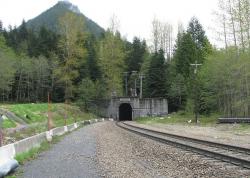
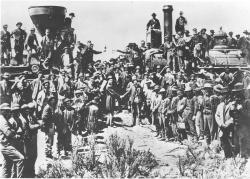
"May God continue the unity of our Country as this Railroad unites the two great Oceans of the world."
- Inscription on the ceremonial Golden Spike
The symbolic Golden Spike, staked in Promontory, Utah in 1869, marked the completion of the first transcontinental railroad, joining the Union Pacific Railroad from the East and the Central Pacific Railroad from the west.
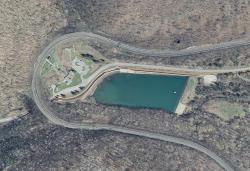
One of the earliest and most impressive of America's great railroad engineering feats, the Horseshoe Curve was built as a means of overcoming a straight-line grade over the geological feature known as the Allegheny Escarpment or Allegheny front, which separates the ridge-and-valley section of Pennsylvania (on the east) from the Allegheny Front (on the west). Such a straight-line route would have made commercial railroad operations unfeasible from both and economic and technical standpoint.
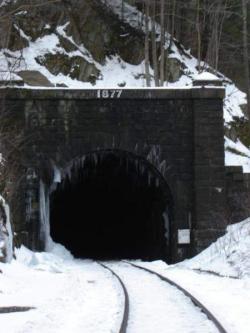
When first proposed in 1819, the Hoosac Tunnel seemed so logical. It would provide an efficient and direct route for the Boston and Albany Railroad, whose pathway meandered 20 miles along precipitous grades. Early proponents, however, could not have imagined that blasting a 4.75 mile tunnel through the Hoosac Mountain would require over 20 years of labor. The project took so long to complete that it was commonly referred to as "The Great Bore."
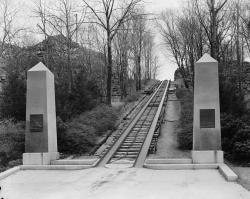
The Granite Railway Company of Quincy was the first commercial railway in the United States. Incorporated in 1826 and designed by Gridley Bryant, the railway relied on horses, rather than steam locomotives, to draw the cars along the tracks. Its primary purpose was to transport granite from Quincy to build the Bunker Hill Monument.
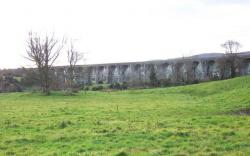
The Dublin to Belfast Rail Link established a vital connection between the capitals of Northern Ireland and the Republic of Ireland. The line's most notable engineering feature was the 1,760-foot-long Boyne Bridge; it represented one of the earliest uses of calculated stresses, the first large-scale use of wrought iron latticed girders, and the first full scale test of continuous beams. Tests performed on the wrought iron columns and struts were published and provided invaluable information for engineers who would design similar structures in the future.
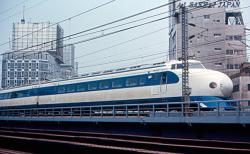
State: Tokyo-toZip: 100-0005Country: JapanWebsite: https://www.asme.org/about-asme/who-we-are/engineering-history/landmarks/211-tokaido-shinkansenCreator: Shima, Hideo
In 1964, Shinkansen (which means "new trunk line" and is also known as the bullet train) between Tokyo and Shin-Osaka became the world's first high-speed railway system, running at a maximum business speed of over 200 km/h (130-160 mph).
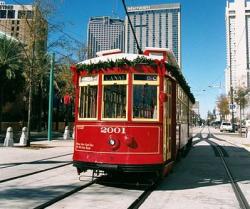
New OrleansState: LACountry: USAWebsite: http://www.asme.org/about-asme/history/landmarks/topics-m-z/rail-transportation---2/-101-st--charles-avenue-streetcar-line-%281835%29, https://www.asme.org/getmedia/40ef6e7c-697d-4f77-8daa-059a37f698b3/101-St-Charles-Avenue-Streetcar-Line-1835.aspxCreator: Perley A. Thomas Car Company
The St. Charles Avenue Streetcar Line is the oldest surviving interurban-urban passenger rail transportation system in the United States. Originally incorporated as the New Orleans Carrollton Rail Road in 1833, service began in 1835. A variety of motive power had been used including horses, mules, overhead cable, steam engines, and ammonia engines before electrification in 1893. The 900-series cars presently in service were designed and built by the Perley A. Thomas Car Company of High Point, North Carolina, in 1923 to 1924.
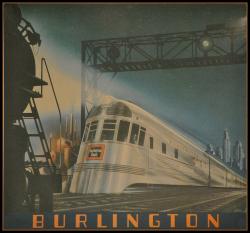
In the late 1920s, the automobile cut railroad passenger service by more than half. The debut of the Pioneer Zephyr heralded a comeback in 1934, touring the country and being seen by some two million people in 222 cities.
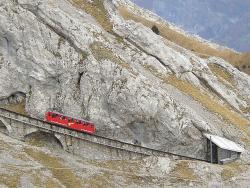
605AlpnachCountry: SwitzerlandWebsite: https://www.asme.org/about-asme/who-we-are/engineering-history/landmarks/220-pilatusbahn, https://www.asme.org/getmedia/8c4b369d-83fd-4b9e-9248-b6d78b28628c/220-Pilatusbahn-1882.aspxCreator: Locher, Eduard , Locher Systems
The Pilatusbahn—the steepest rack railway in the world—has operated successfully since its opening in 1889 over a route of 4.62 kilometers (2.87 miles) between Alpnachstad on Lake Lucerne and Pilatus Kulm, rising 6,791 feet (2,070 meters) above sea level. This results in a gradient of 48%, or a rise of nearly one meter in two meters of run on the steepest sections of the line, which amounts to about a quarter of its length.
Innovations
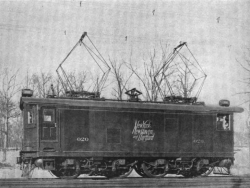
This was a pioneering venture in mainline railroad electrification and was a proving ground for railroad electrification technology. It established single-phase alternating current as a technical and economical alternative to direct current. This concept exerted considerable influence over…
Read More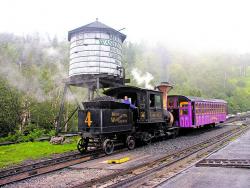
People thought inventor Walter Aiken was crazy when he proposed a railway to the top of Mt. Washington. Aiken built a model of the roadbed and track with a cog rail system, but entrepreneur Sylvester Marsh is credited for launching the Cog Railway and bringing Aiken's ideas to fruition.
… Read More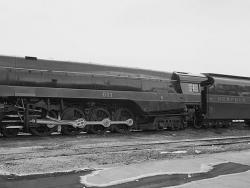
Developed for use in both the plains and mountains, this coal-fired passenger locomotive was among the most advanced in design, construction, and performance of any 4-8-4. Designed by Norfolk & Western engineers and built in the Norfolk & Western Roanoke shops, the 611 was specially…
Read More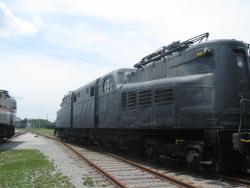
The 4,620-horsepower GG1 was primarily a passenger locomotive, routinely operating at over 100 miles per hour, but was used in freight service as well. Conceived by the Pennsylvania Railroad and built by the Baldwin Locomotive Works and General Electric Company, No. 4800 logged nearly 5 million…
Read More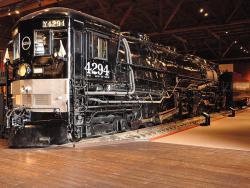
The articulated wheel-base steam locomotive represents the final phase of steam locomotive development in size and power. The cab-in-front feature was widely used by the Southern Pacific Railroad beginning in 1909 to alleviate smoke and heat problems for locomotive personnel en route through…
Read More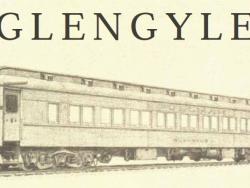
The Glengyle is the earliest known survivor of the fleet of heavyweight, all-steel sleepers built by Pullman Company. The design was introduced in 1907 as a marked improvement over the wooden version then in use. Some 10,000 were built, in various configurations, the last in 1931. The Glengyle…
Read More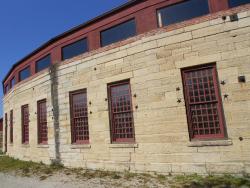
The Chicago, Burlington, & Quincy Railroad was the first railroad to link Chicago and the Mississippi River, in the 1850s. This forty-stall roundhouse, large even for its time, became a major center for railroad activity for the CB&Q. It served as a repair and construction facility from…
Read More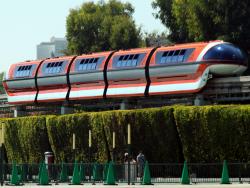
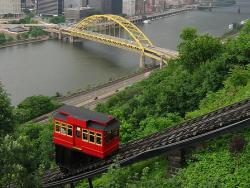
Designed by Sam Diescher, son-in-law of the Monongahela's designer John Endres, the Duquesne Incline opened May 20, 1877, as the second of seventeen built and operated in the Pittsburgh area. It has operated with only minor interruptions for the last one hundred years. A preservation group from…
Read More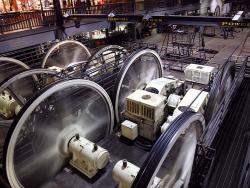
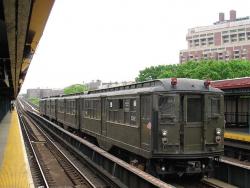
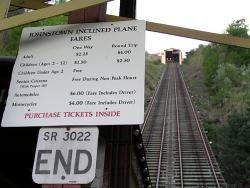
This is one of several, similar inclines built in western Pennsylvania during the late 19th century. It was designed by Samuel Diescher (1839-1915) after the great flood of 1889, to provide an efficient means of transportation between Westmont and the Conemaugh Valley. (See also the Monogahela…
Read More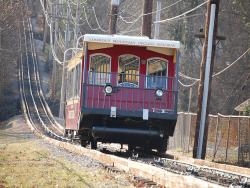
At the mountain where the Civil War's Battle Above the Clouds was waged, tourist business has thrived from the building of its first toll road (Whiteside Pike) in 1857 to present day.
More than 75,000 tourists a year were visiting the site when the war interceded. Tourism was not…
Read More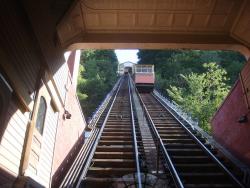
As a practical conveyance during the horse-and-buggy era, the Monongahela Incline was one of seventeen built and operated in Pittsburgh in the last century. Of the seventeen, the Monongahela and the Duquesne are the only two remaining operating units. While the Mt. Washington Incline was known…
Read More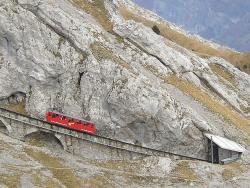
The Pilatusbahn—the steepest rack railway in the world—has operated successfully since its opening in 1889 over a route of 4.62 kilometers (2.87 miles) between Alpnachstad on Lake Lucerne and Pilatus Kulm, rising 6,791 feet (2,070 meters) above sea level. This results in a gradient of 48%, or a…
Read More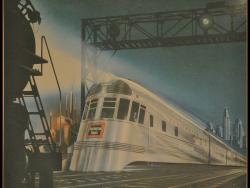
In the late 1920s, the automobile cut railroad passenger service by more than half. The debut of the Pioneer Zephyr heralded a comeback in 1934, touring the country and being seen by some two million people in 222 cities.
The Zephyr was the first diesel-powered, stainless-steel…
Read More
The St. Charles Avenue Streetcar Line is the oldest surviving interurban-urban passenger rail transportation system in the United States. Originally incorporated as the New Orleans Carrollton Rail Road in 1833, service began in 1835. A variety of motive power had been used including horses,…
Read More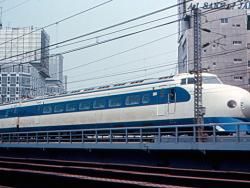
In 1964, Shinkansen (which means "new trunk line" and is also known as the bullet train) between Tokyo and Shin-Osaka became the world's first high-speed railway system, running at a maximum business speed of over 200 km/h (130-160 mph).
The nose profile, starting with the original…
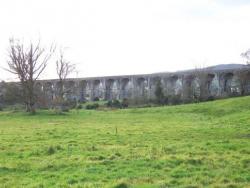
The Dublin to Belfast Rail Link established a vital connection between the capitals of Northern Ireland and the Republic of Ireland. The line's most notable engineering feature was the 1,760-foot-long Boyne Bridge; it represented one of the earliest uses of calculated stresses, the first…
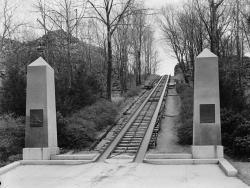
The Granite Railway Company of Quincy was the first commercial railway in the United States. Incorporated in 1826 and designed by Gridley Bryant, the railway relied on horses, rather than steam locomotives, to draw the cars along the tracks. Its primary purpose was to transport granite from…
Read More

